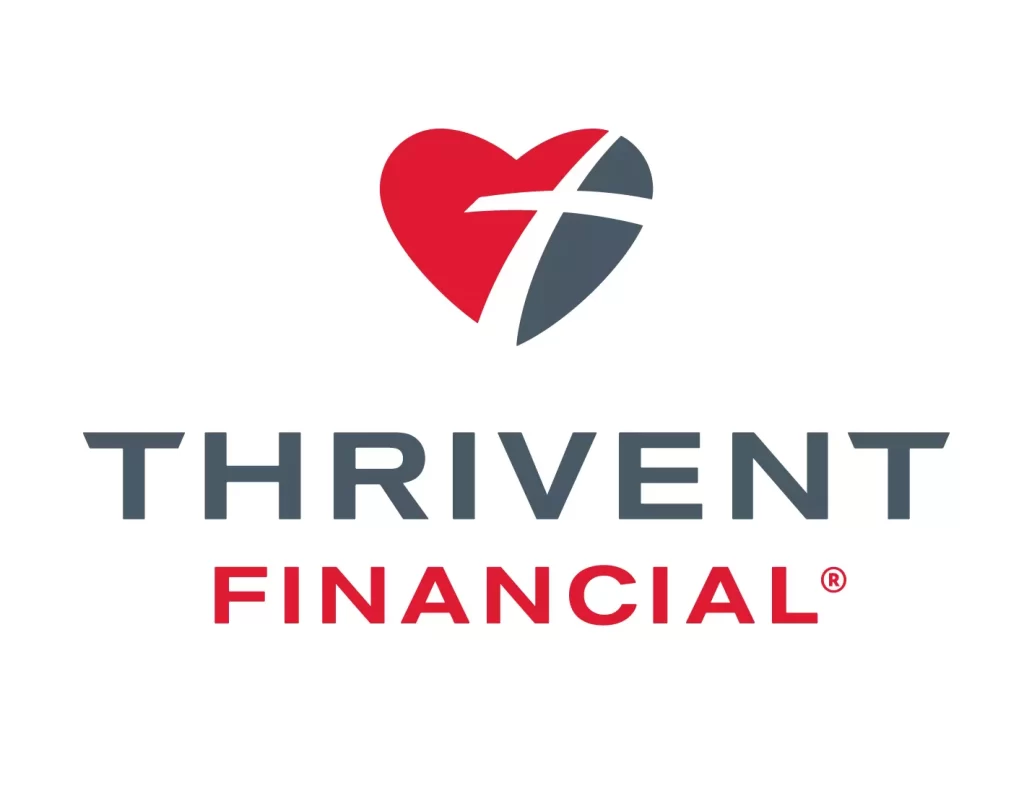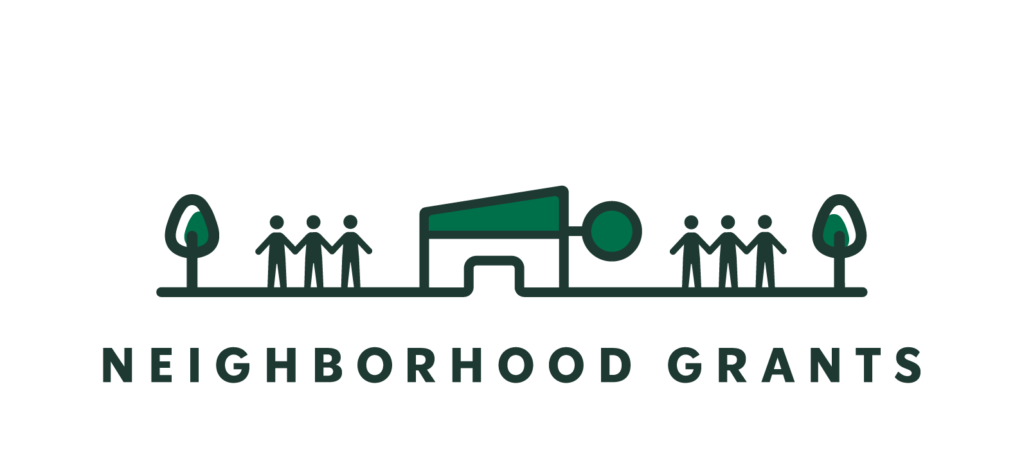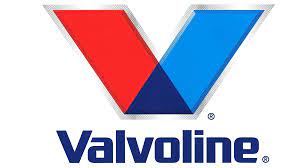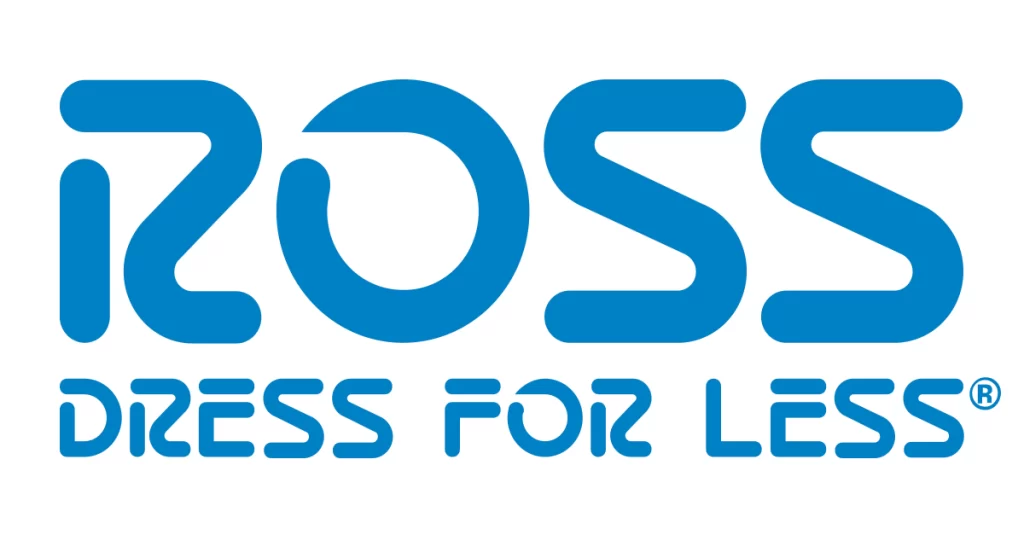Our Partners




















Whether you are starting to explore the possibility of traveling to study in the USA one day or you have the opportunity to come study in the USA, these resources will help you as you prepare for your studies here in the USA.
“A wise man will make more opportunities than he finds.”
— Francis Bacon
“A basic element of the American dream is equal access to education as a lubricant of social and economic mobility.”
— NIcholas Kristof, Journalist


The U.S. government does not provide loans, grants, or help with scholarships for international students. As an international student, you will have to find alternative sources of funding such as:
Your Home Country Education Authorities – Many countries offer foreign study funding for their own nationals. To receive funding, they must qualify for and be admitted to an approved program or institution abroad.
The International Admissions Office – Many U.S. academic institutions assist international students. Contact the international admissions office at the schools you are interested in to learn if you may be eligible for assistance.
Scholarships and Grants – Many organizations offer scholarships and grants for study and research. These organizations include private foundations, businesses, and nonprofits. Use the S. government’s free online scholarship search tool to find financial aid opportunities.
Exchange Programs Administered by the U.S. Government – These exchange programs provide assistance to qualified international students. You can get help from the Fulbright Program and other programs at all education levels.
In the U.S, colleges and universities establish their own admission requirements. These usually include minimum scores on third-party standardized tests. Follow the application requirements set by the admissions office of the school you’re interested in.
Foreign Diploma and Credit Recognition – The U.S. has no single authority that evaluates foreign credentials. Academic institutions and state licensing boards recognize these credentials based on their requirements. Academic evaluations include coursework, degrees, and professional licenses.
Standardized Tests – Some programs require students to take one or more standardized tests. Plan to take your tests in advance so your scores are available when you submit your application.
Test of English as a Foreign Language (TOEFL) – Many schools require this test to measure your English language skills.
Before you can apply for a student visa, you must be accepted by a SEVP-certified school.
Student Visas – Learn about the types of student visas, how to apply, fees, and required documents.
How to Prepare for Your Visa Appointment – You must pass an interview at a U.S. embassy or consulate. Find out what you need to do before your appointment.
Explore these resources while you plan your move to the U.S.
How to Navigate the U.S. Immigration System – Find out how to get started, arrive, stay, and leave the U.S.
Life in the U.S. – Learn about American holidays, states, and other useful information.
Working While You Study in the U.S. – Find information for international students who want to work while attending school in the U.S.
Training Opportunities in the U.S. – International students and new graduates can attend on-the-job training in the U.S. too. This training can supplement knowledge gained in their academic studies.
Foreign Visitors Driving in the U.S. – Get quick facts for short-term visitors, students, and residents about driving in the U.S.
English as a Second Language – Learn English and improve basic reading, writing, speaking, and listening skills.
Income taxes – Some international students may be subject to income tax
Studying in America can be a great experience. There are so many opportunities to explore and a diverse range of subjects to pursue.
However, you’ll need to make some adjustments to this new environment of learning in order to be successful. Some of these adjustments may include: living and learning in a new language, managing the distance from home, living in an unfamiliar culture, getting acquainted with different religious and social norms, and eating unfamiliar foods.
But, the good thing is that most schools have great resources that support international students in the USA.
World Education Services (WES) is a 501(c)3 non-profit social enterprise dedicated to helping international students, immigrants, and refugees achieve their educational and career goals in the U.S. and Canada. Master-Pieced has partnered with WES to help immigrants succeed in the USA.























Master-Pieced Inc is a 501(c)(3) nonprofit organization dedicated to developing ordinary people into masterpieces.
Join us to make an impact in our world today!
Copyright 2023, Master-Pieced Inc. All Rights Reserved.
Master-Pieced Inc is a 501(c)(3) nonprofit organization dedicated
to developing ordinary people into masterpieces.
Join us to make an impact in our world today!